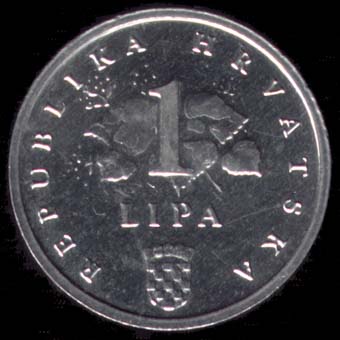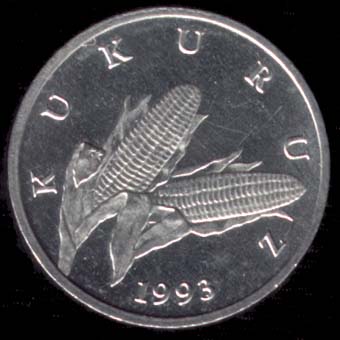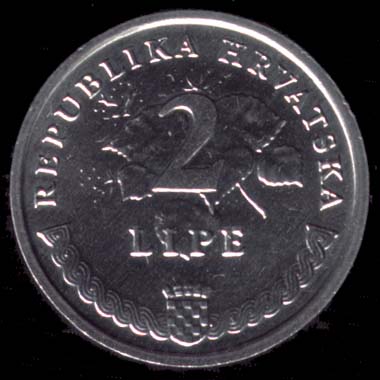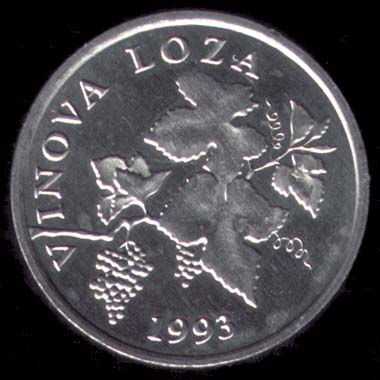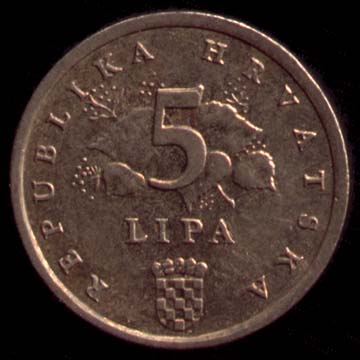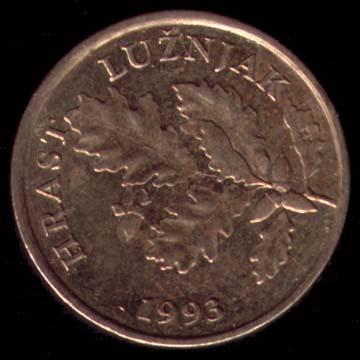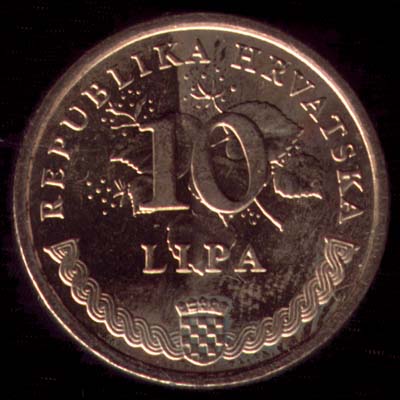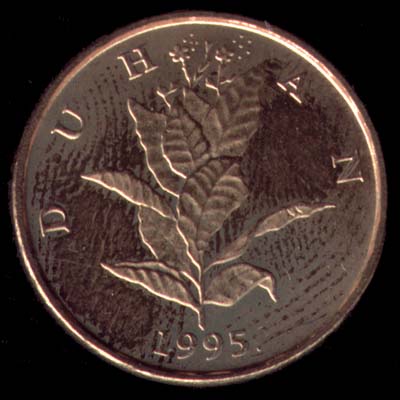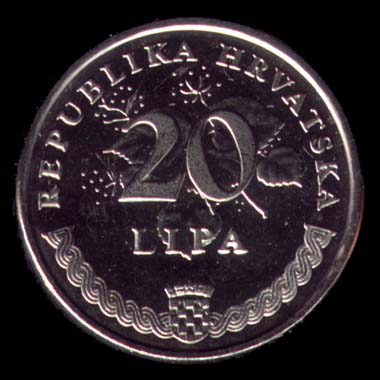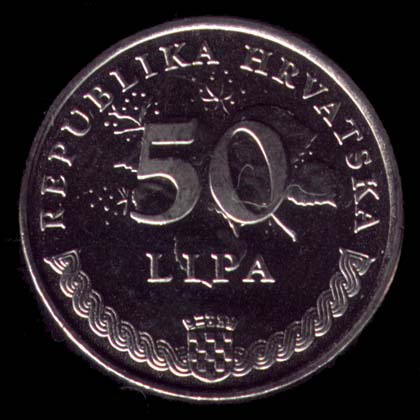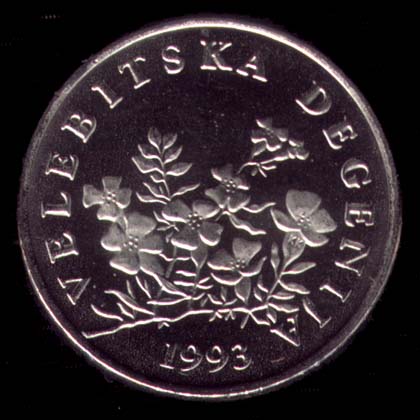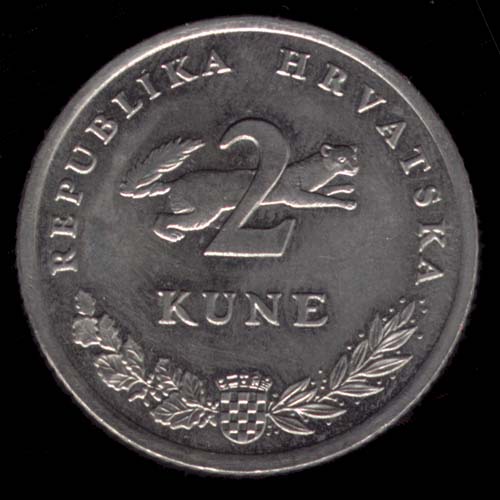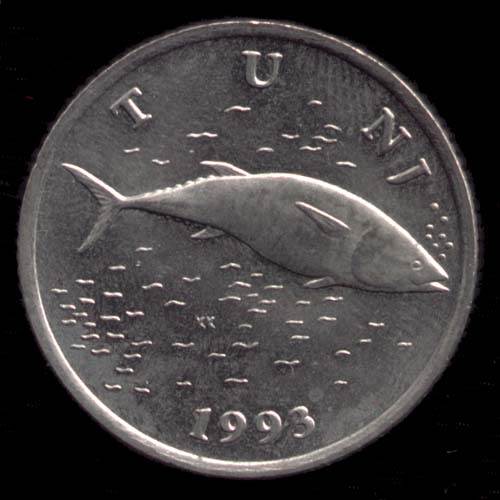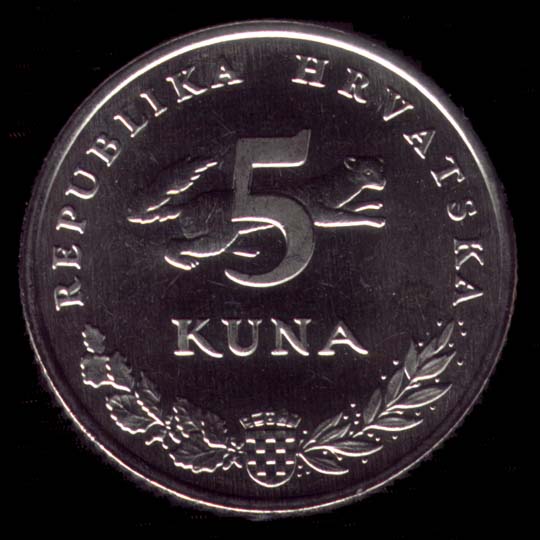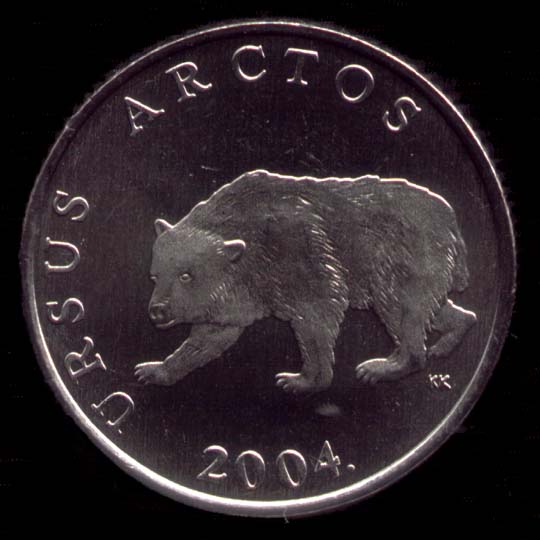Croatian Coins, from Kuna to Euro
The kuna (HRK) was the official currency of Croatia until the introduction of the euro. Originally, the kuna was introduced in 1994 during the post-communist transition process as part of efforts to stabilize the Croatian economy. The name "kuna" derives from the Croatian term for "marten," a type of animal whose fur was used as a unit of account in the Middle Ages.
Croatia joined the European Union in July 2013, but maintained the kuna as its official currency. However, the country has expressed its intention to adopt the euro once the convergence criteria of the European Monetary Union are met.
The kuna is divided into 100 smaller units called "lipa." This monetary division system was introduced alongside the kuna in 1994.
The Croatian National Bank is the monetary and financial authority responsible for monetary policy and supervision of the Croatian banking system, while the Croatian Mint is the entity responsible for the production of coins and banknotes in circulation in the country.
